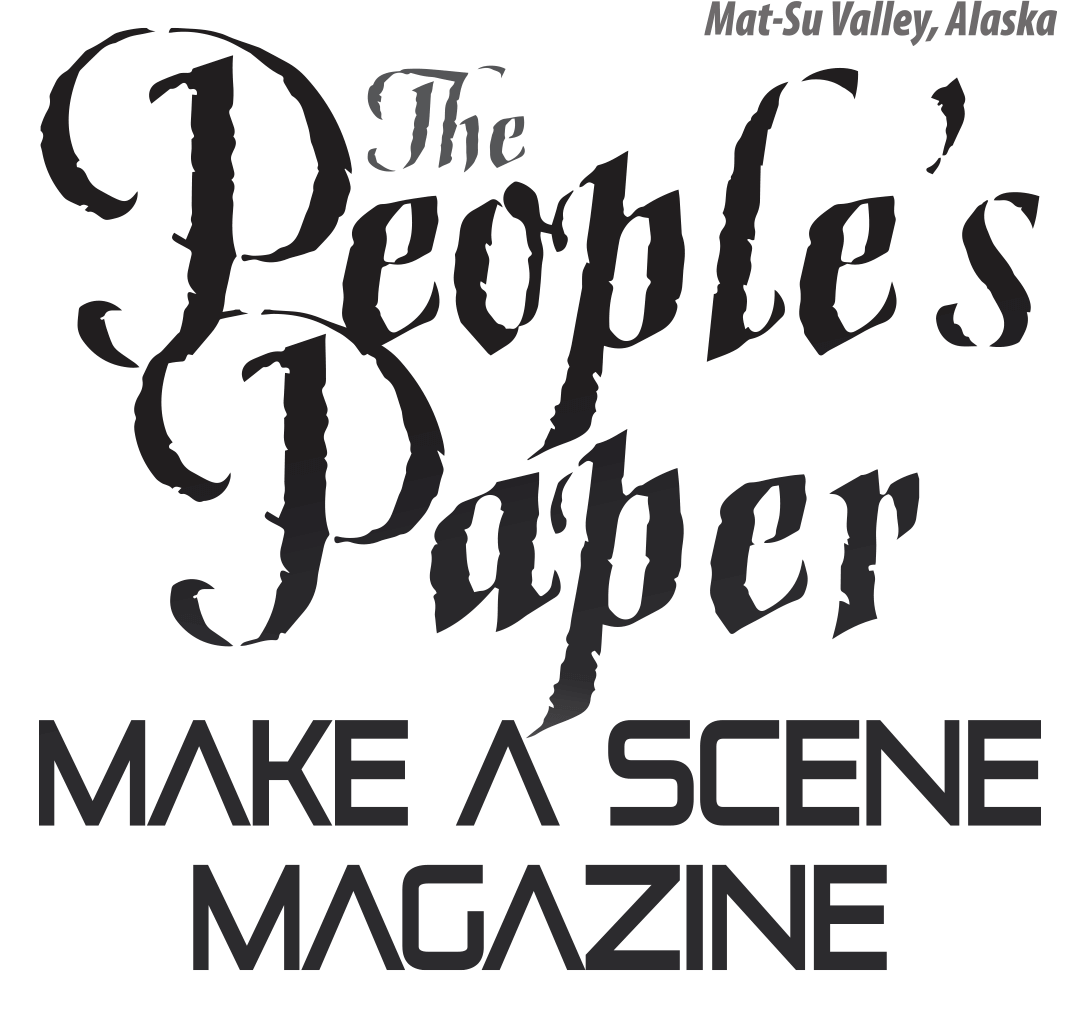A Look Inside Better Water Alaska
Contributed by Chris Pelton, Better Water Alaska
In our previous article, we explored the origins of Better Water Alaska and the journey that led to our establishment. Now, let’s focus on some of the common water quality issues in the Matsu Valley.
The Most Common Issues in the Matsu: Hardness and Iron
When rain falls, it’s naturally soft and mineral-free. However, as it flows over rocks and through soil, it accumulates minerals—primarily calcium and magnesium—which are responsible for water hardness. This hardness causes white scale buildup on surfaces, fixtures, and inside water-based appliances. Beyond buildup, hard water can clog skin pores, making it difficult for the body to remove oils and toxins, leading to dry, itchy skin. Similarly, it can fill hair follicles, limiting conditioner absorption and resulting in dry, brittle hair.
Iron is another common mineral in local water and exists in two main forms: Ferrous (Fe2) and Ferric (Fe3). Ferrous, or "clear water" iron, dissolves in water without altering its color, while Ferric iron oxidizes, giving water an orange tint. The type and volume of iron in your water are important factors when choosing the right treatment solution.
If you have hard water with low levels of ferrous iron, a softener might be sufficient, depending on other aspects of your water chemistry. However, a water softener isn’t always the best choice. For instance, if you only have iron without hardness, an iron filtration system is more appropriate. In cases of high levels of ferric iron or a combination of ferric iron and hardness, two separate systems might be required: one to treat the iron and another to soften the water.
Sizing a Water Treatment System
Correctly sizing a water treatment system is essential for optimal performance. An incorrectly sized system can lead to residual iron and hardness, excessive salt usage, and increased maintenance.
To size a system accurately, we start by estimating monthly water usage and factoring in the hardness level.
Example Calculation:
For a household of four with a hardness level of 8 grains per gallon:
Start with the national average water usage of 75 gallons per person per day.
Multiply 75 by 4 people and then by 30 days to get 9,000 gallons per month.
Then, multiply 9,000 gallons by 8 grains per gallon of hardness to reach 72,000 grains per month.
We typically program our systems to regenerate twice a month. Therefore, we divide the total monthly grains by two, resulting in 36,000 grains per cleaning cycle. Based on this information, we select a system with sufficient softening media to handle 36,000 grains per cycle, ensuring effective and efficient water treatment tailored to each household’s needs.
With water quality issues being so common in the Matsu Valley, having the right water treatment system makes a significant difference in daily life, from healthier skin and hair to longer-lasting appliances. At Better Water Alaska, we take pride in providing tailored solutions based on your unique water chemistry and usage, ensuring clean, soft, and iron-free water for your home.
If you found this article helpful or have questions about your water, please feel free to reach out. We hope you enjoyed this month’s article and look forward to sharing more in the following months.
Respectfully,
Chris Pelton
